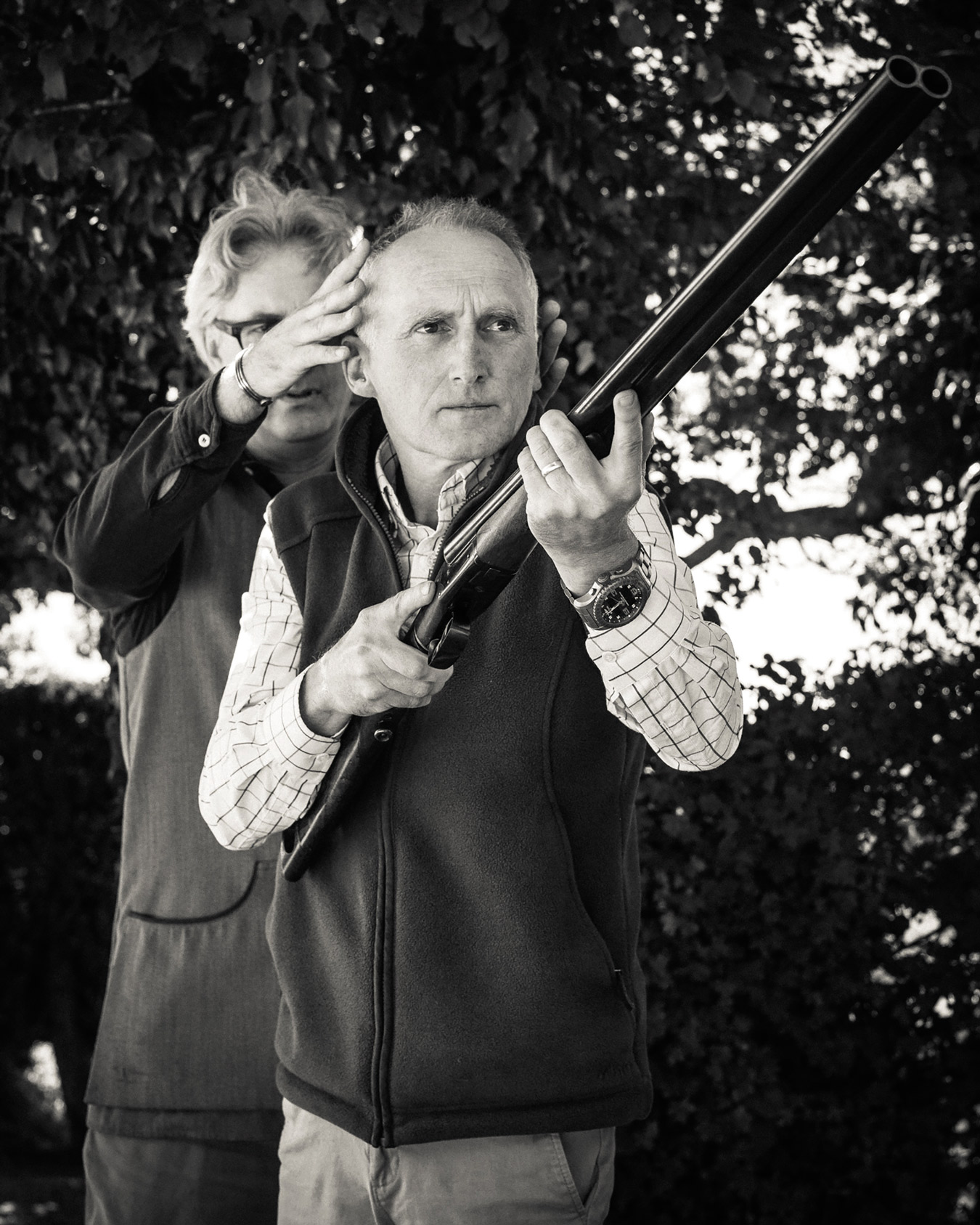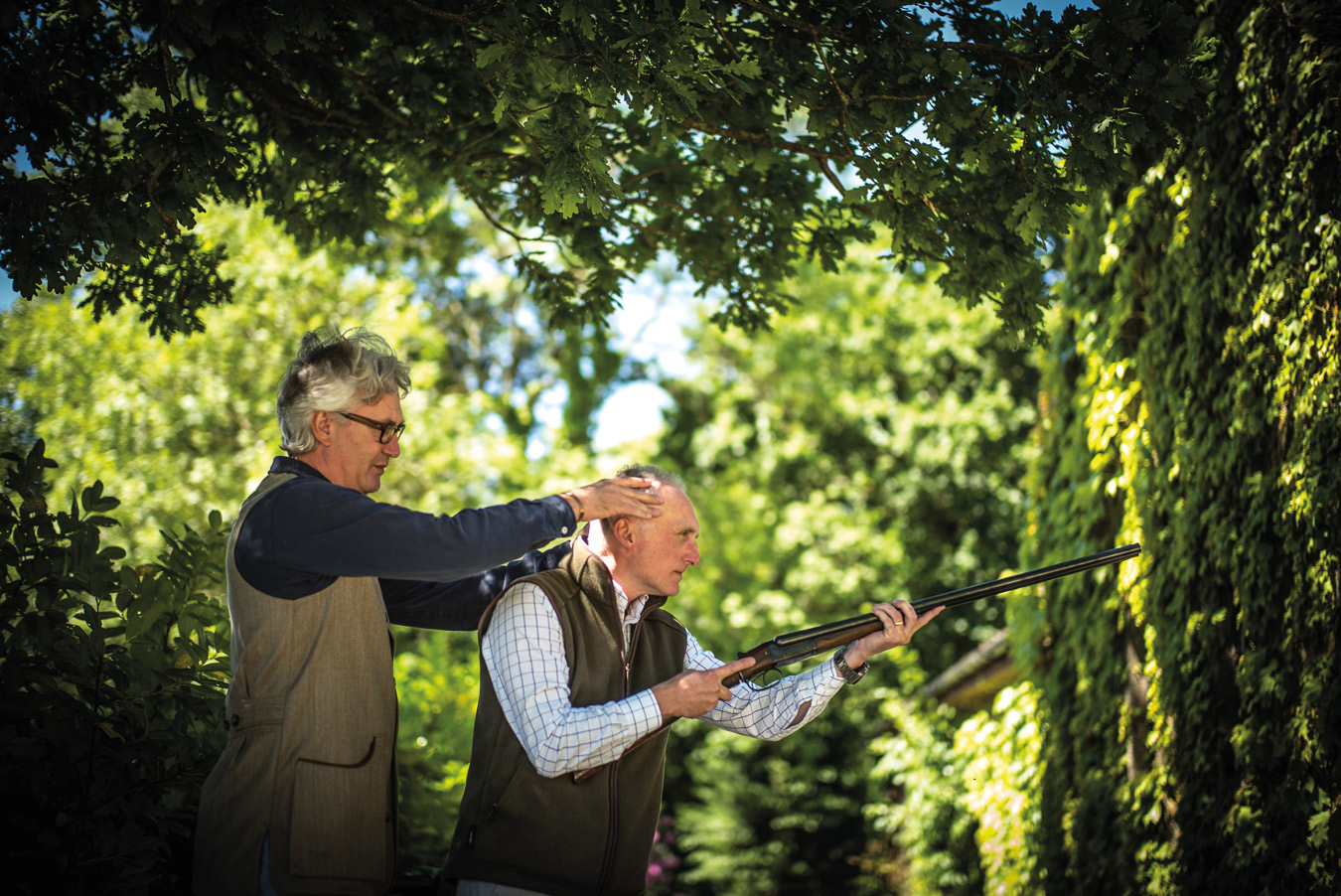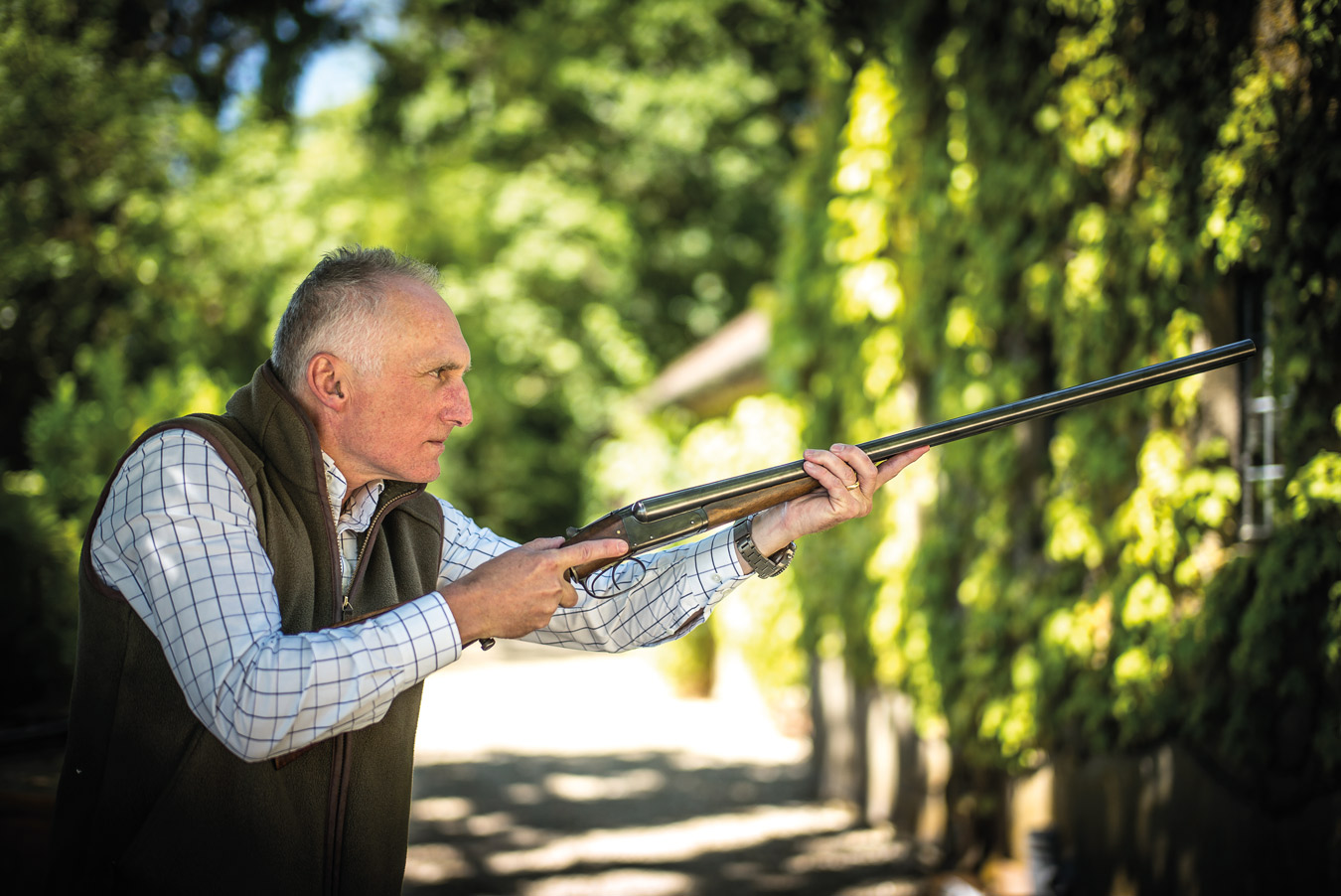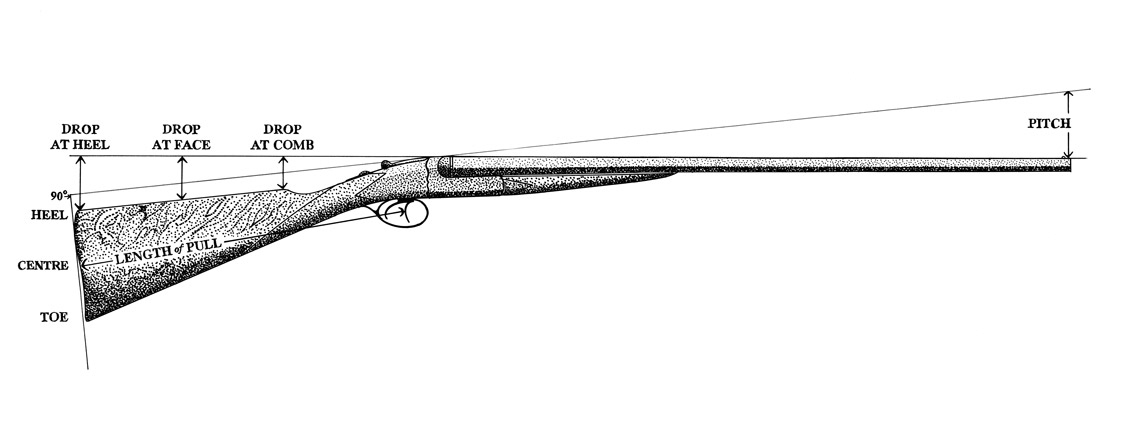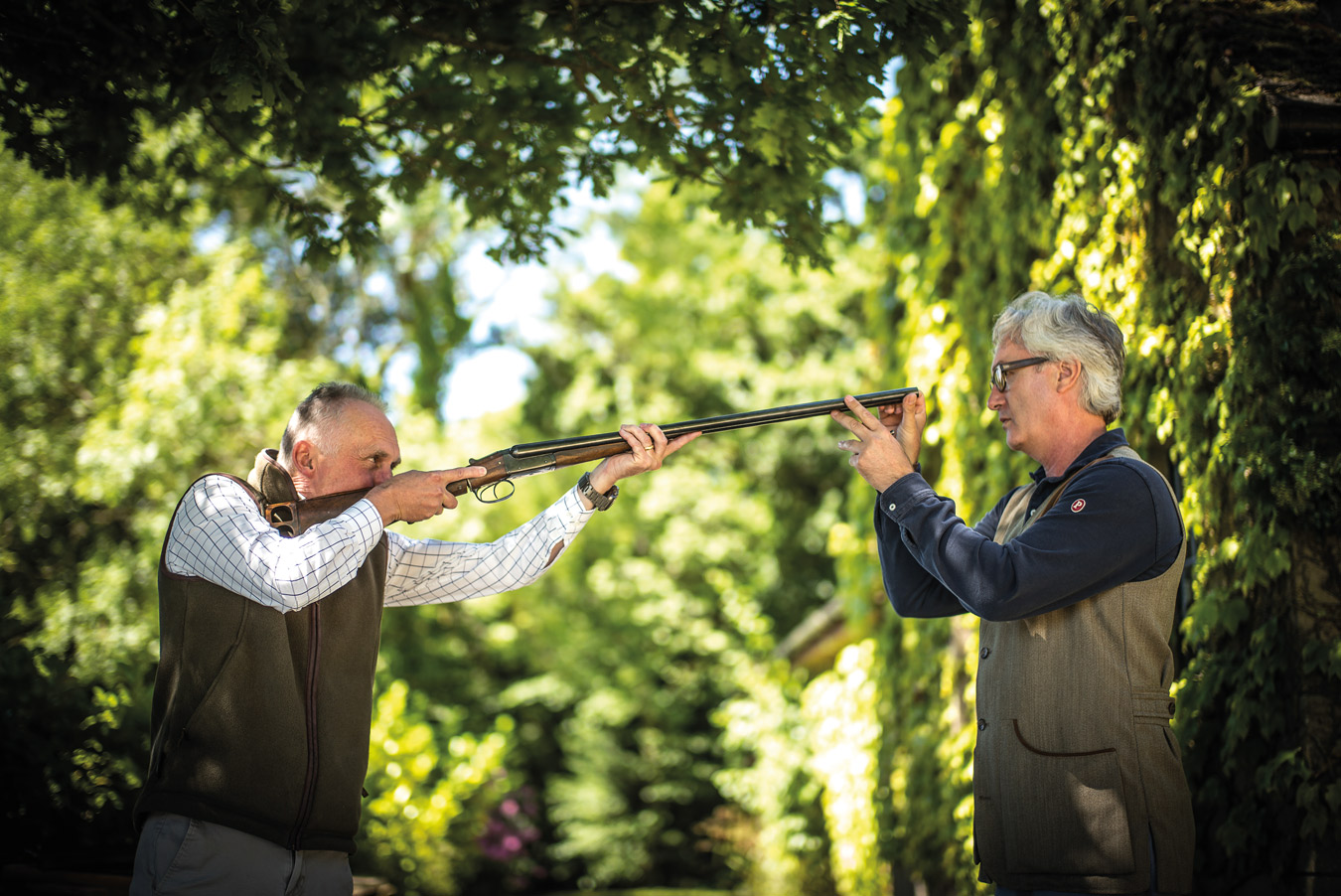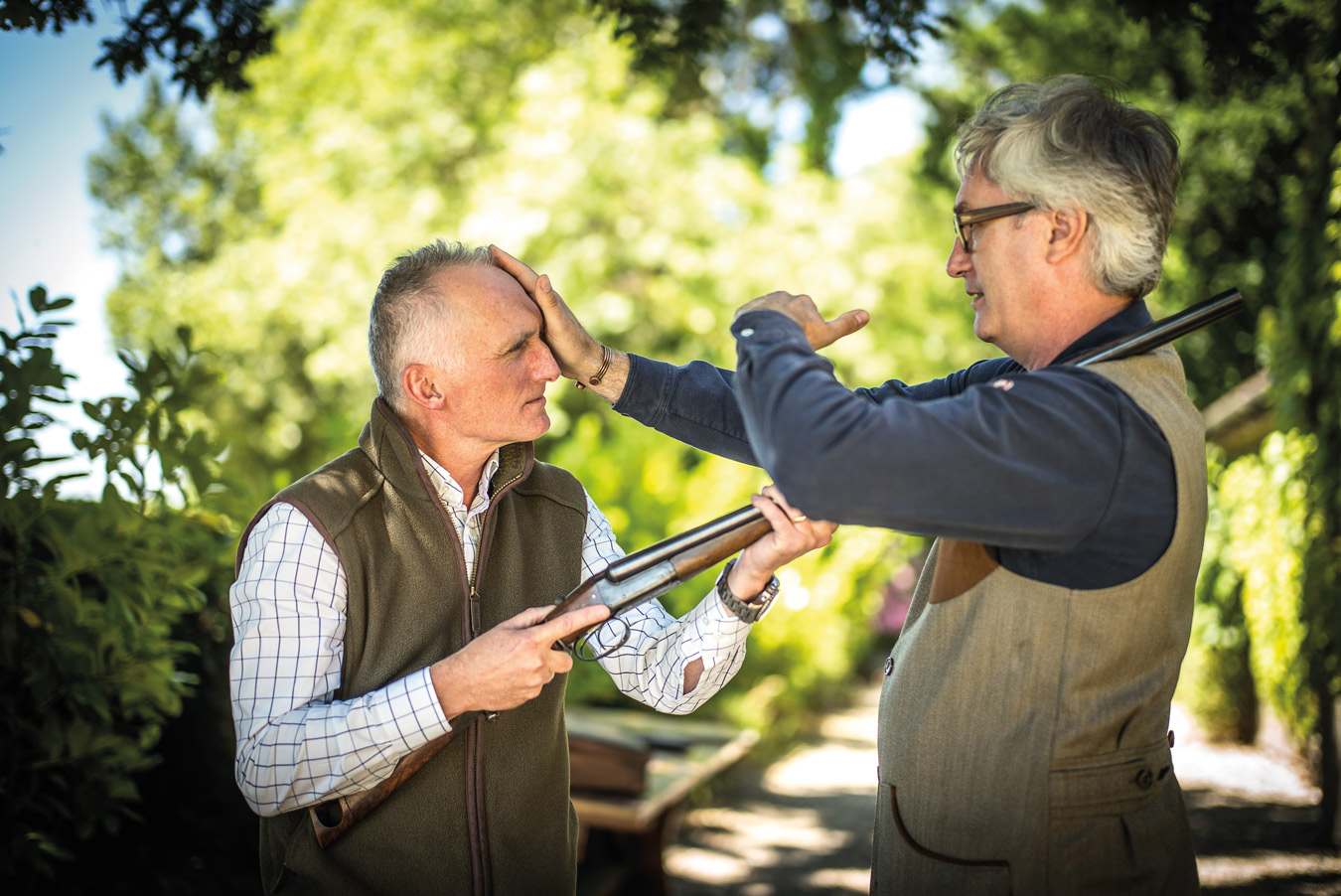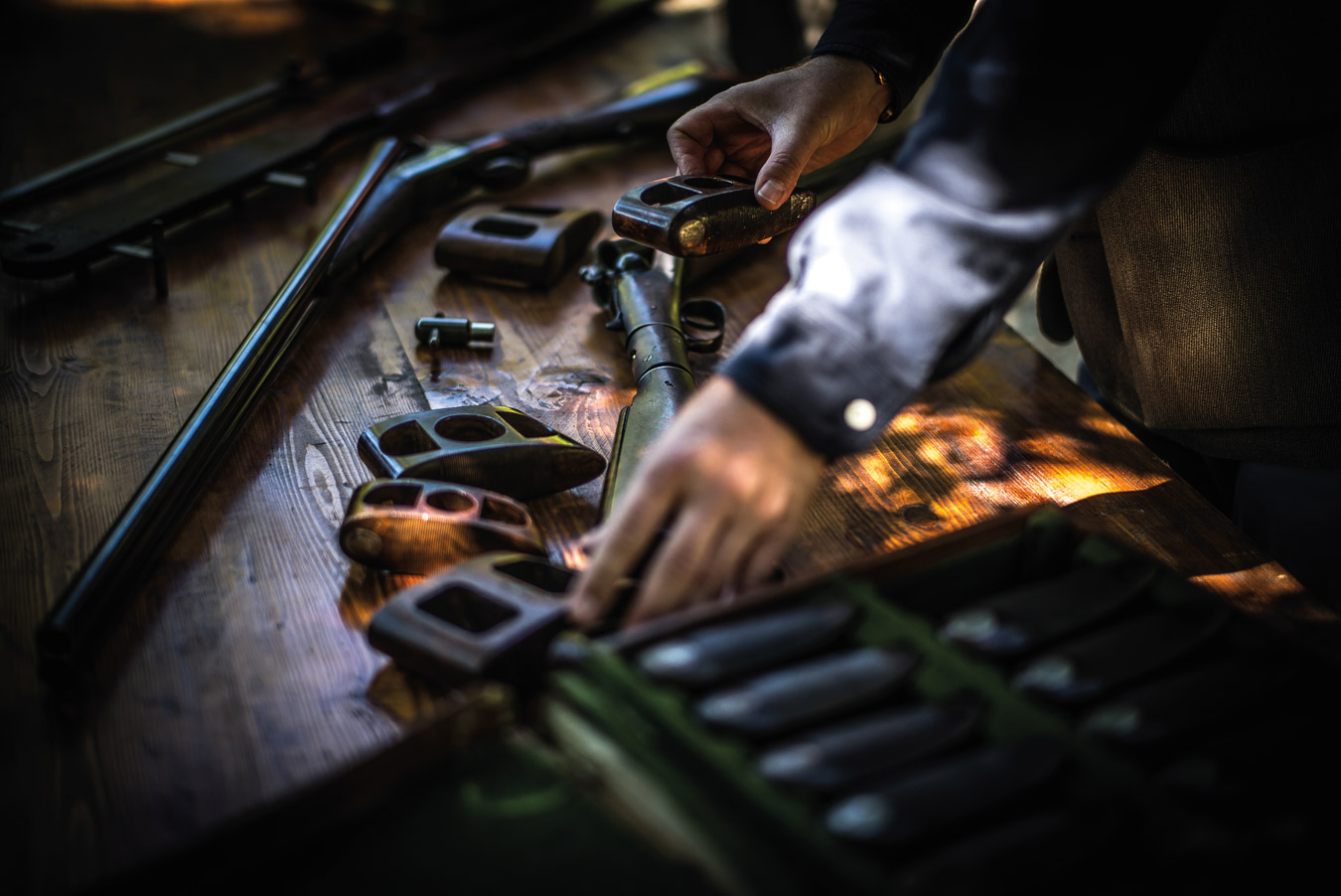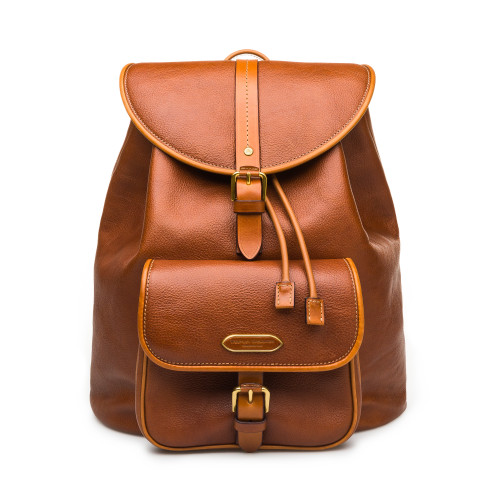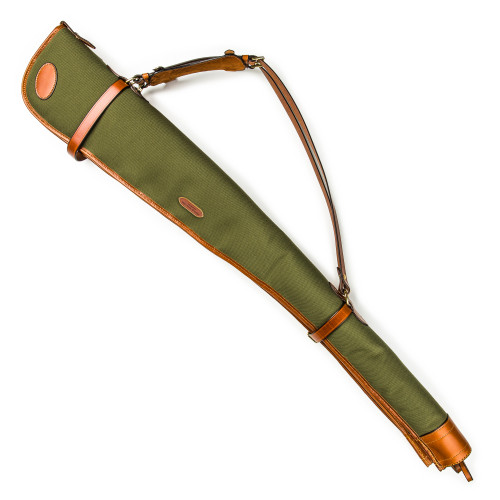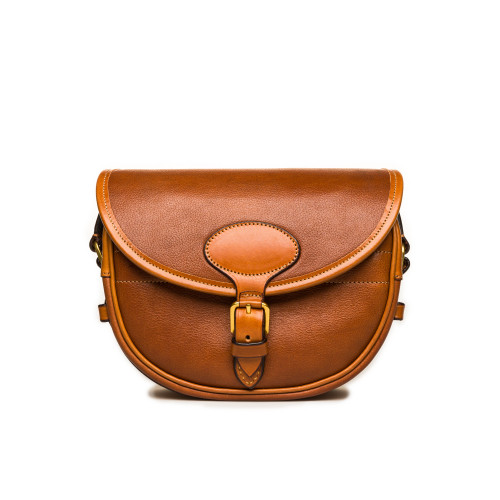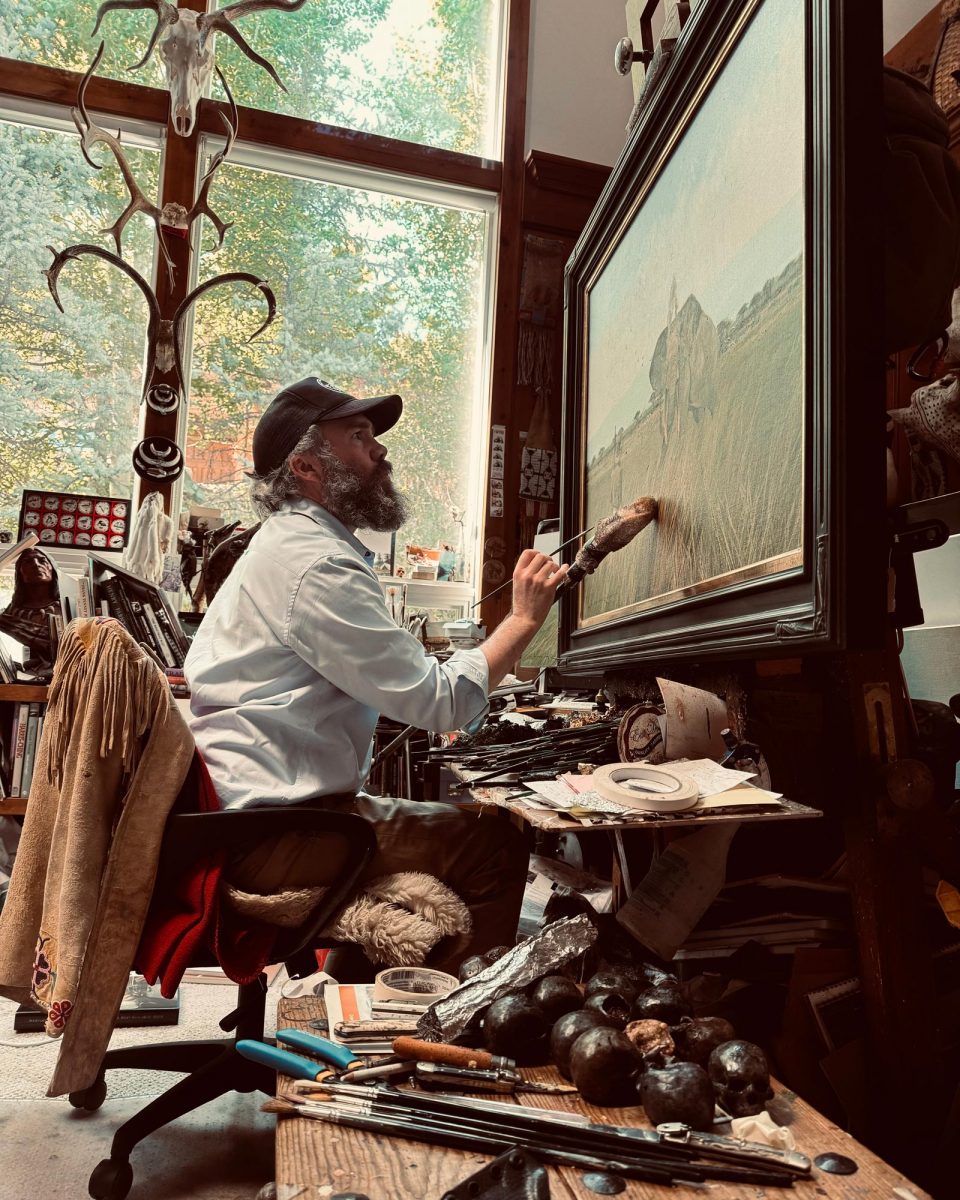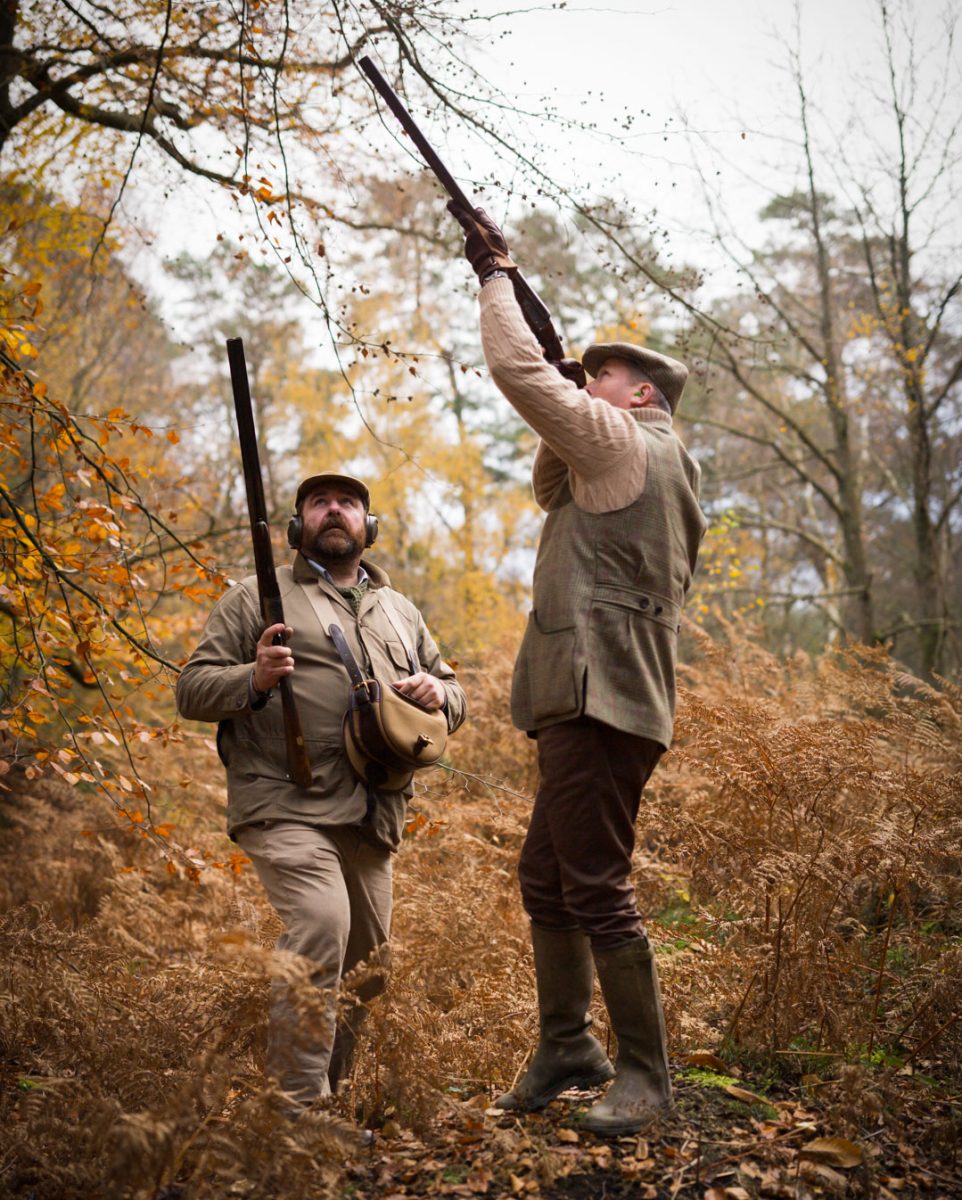Someone once said that ‘the key to being a great game shot is to be consistent with your gun mount and to actually have a gun that fits!’ Whilst the former comes with practice, practice, practice, a gun that fits you is of paramount importance, and this is something that a good gunmaker and experienced gun fitter should be able to perfect for you.
Last summer we had the opportunity to work with one of the finest gun fitters in the world, Simon Ward. Not only is Simon consistently rated in the top fifty game shots in the United Kingdom, but he is also one of the most sought after in-field instructors and gun fitters, particularly among game shooters. He is meticulous in his examination of the individual being fitted and has an eye for detail that is critical.
Before a gun is fitted to its new owner, the gun-fitter must establish a few fundamentals, especially if it is a new-build gun that he will be working with. One of the key reasons why a client might choose to have a handmade gun built – as opposed to an off-the-shelf model – is because it is bespoke and will be built to fit like the proverbial glove.
So, is the gun of side-by-side or over-under configuration? What bore is the gun – 12, 16, 20, 28 or .410? Single or double triggers? What about the grip – straight-hand, full pistol, Woodward, Prince of Wales or even rounded pistol grip? All of these must be considered when conducting the actual gun fit, as they will influence subtly the final measurements. In our own instance, the client was being fitted for a 28 bore droplock side-by-side shotgun with 30" barrels, double triggers and a traditional straight-hand grip.
Once these basic characteristics have been established, the gun fitter can then turn their attention to the client. Experienced gun fitters will visually assess the client from the minute they meet him or her, establishing in their mind basic physical attributes including height, shoulder and chest build, arm length, hand size, neck dimensions and general posture.
He will then establish some additional details: is the client left or right handed? Do they have a dominant eye? How experienced a shot are they? Have they ever had any instruction? Have they been fitted before? What type of game shooting do they mostly do or intend to do? Do they have any medical issues that might affect their shooting ability (such as diabetes, for instance)?
The gun fitter will then pass them a safely unloaded gun and ask them to relax before repeating the process of mounting the gun to see how they handle it and whether they are consistent in their mount and movements. Once he has assessed these basics – and in truth fundamentals – the gun fitter will turn to his ‘try-gun’, a specially adapted gun that can be accurately adjusted in order to establish the three key measurements of a gun fit: length of pull, drop and cast.
LENGTH OF PULL
Length of pull is the distance from the trigger blade to the centre, heel and toe of the butt. Whilst the centre measurement is the one most commonly referred to, the heel and toe are both important for ensuring a correct and comfortable fit in the pocket between your chest and upper arm. Clients with a pronounced chest tend to have a shorter toe measurement to compensate for the pectoral muscle. Under normal circumstances, a length of pull to centre of butt will range from 14" to 15¼". Traditionally, gunmakers add ⅛" to the heel and ¼" to the toe measurements to provide a comfortable fit in the shoulder pocket and aid consistent positioning of the gun in this pocket.
A gun stock that is too short can result in more felt recoil, imbalance, a thumb striking the nose and a bruised middle finger where it is pushed up behind the trigger guard bow. If the stock on the other hand is too long, then the client will catch the heel under the armpit, or slip the gun from the shoulder pocket onto the bicep muscle, which can be a painful experience when the gun is fired. All of these can lead to flinching, which is bad practice in any form of shooting. In both instances, the cast and drop measurements will be inaccurate, resulting in many a missed bird.
It is worth remembering with single-trigger guns that the actual measurement can be anywhere from ¼" to ⅜" shorter, depending on the make of gun and the respective position of the single trigger within the trigger guard itself. Modern Westley Richards guns tend to have the single trigger in a position that would be half way between the trigger blades on a double trigger gun and so ⅜" is sufficient in most cases.
Whilst determining the final length of pull measurements, it is also important to consider the stock grip and, more importantly, the size of the client’s hands. Hands that are wide, with wide fingers and thumbs, tend to require the nose of the comb to be set further back, often from ⅛" to ⅜", depending on how large the thumb muscles or thenar eminence is. Pistol grip length may also be deepened or swept back more to allow for the extra width, as it can prove uncomfortable for the client if his little finger slips off the grip end every time he mounts and shoots the gun.
Length of hand – fingers especially – often influences how thick the grip might need to be. Whilst traditionally gunmakers have long established ‘depth of hand’ measurements set to the metalwork before the gun is even stocked, small variances in depth can be allowed for to increase the overall circumference of the grip, thus making the hand – especially on a straight-hand stocked gun – feel more ‘full’ and comfortable. The circumference of a grip is normally oval in shape, although diamond shapes and palm swells can assist the feel. Short, wide fingers can be tricky so it is advisable to make the grip smaller in circumference so that the reach to the trigger is easier with less strain on the middle finger up against the back of the trigger guard bow.
Consideration should also be given to the shape of the butt when the gun is being made. If the butt is to be wood, the edges can be very sharp and square, leading to some discomfort if the client has a pronounced chest. A slightly more rounded shape to the butt end itself is far more comfortable and aesthetically pleasing. Recoil pads are generally more rounded on the edges and naturally softer which automatically helps.
‘Pitch’ is a measurement used by (predominantly American) gun fitters and warrants some explanation here. It basically determines the angle of the butt from the heel down through to the toe to ensure the comfort of the shooter when the butt is placed into the shoulder pocket. It is measured by placing the butt of the stock squarely on the floor with the top of the action resting perpendicular to it. The actual measurement is taken at the muzzle and can either be measured in inches or degrees.
The Explora Blog is the world’s premier online journal for field sports enthusiasts, outdoor adventurers, conservationists and admirers of bespoke gunmaking, fine leather goods and timeless safari clothes. Each month Westley Richards publishes up to 8 blog posts on a range of topics with an avid readership totalling 500,000+ page views per year.
Blog post topics include: Finished custom rifles and bespoke guns leaving the Westley Richards factory; examples of heritage firearms with unique designs and celebrated owners like James Sutherland and Frederick Courtenay Selous; the latest from the company pre-owned guns and rifles collection; interviews with the makers from the gun and leather factory; new season safari wear and country clothing; recent additions to our luxury travel bags and sporting leather goodsrange; time well spent out in the field; latest news in the sporting world; and key international conservation stories.



 Enquire
Enquire







